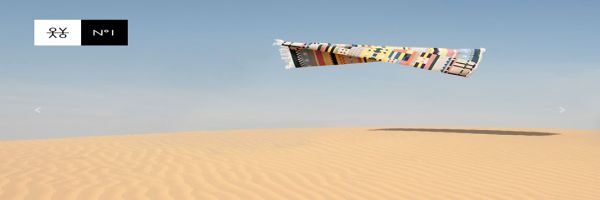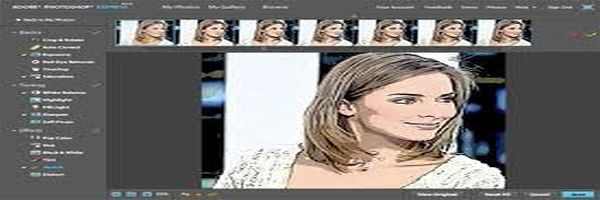Responsive Web Design has gained huge demand over time and almost all the Web Developers are looking forward to gear up with the novel technological trends so that they can adapt their design naturally. In this modern era of 3D World every web designer is keen on recreating the Web design and development of the Superlight Application day after day. It is obvious that an element of depth will definitely add greater touch of reality to all the design projects and creating them is far much easier than you think. You can achieve these with the use of various Image Techniques in novel ways from the photography itself, to Manipulation, Use of Special Effects for Images, Layering of Images and lots more.
Here is a glance at the best in class image techniques that are used for the development of Superlight Web Applications and almost all the Web Developers love to use them because of the appeal they add to the images:
1. Layering

Layering Technique is deliberately used for modifying the manner in which the objects or images are placed in the design process. You might have come across layouts which have pictures or images placed one on another just to appear like a stack of printed photos. You might be aware of the trick and it actually works by the creation of deep sense which gives you feel as though you are gazing through various photographs. This is what Layering is actually in the deign process and at times the effect of Layering Technique is obvious but often it can as well be hidden in some instances.
In this kind of Image Technique you will notice that most of the times several photos are combined into one so as to create 2 unique parts of an image one in the background and the other in the foreground. For example in the image shown below you can notice that both the city and the car image appear to be impressive and stunning and thus when they are actually combined you get the feel as though you are standing beside the vehicle having a look at the spectacular view of the city. The main concept behind the Layering technique is that it is based on the use of overlapping lines which will be created by various objects within the image so as to create depth. This technique could actually be difficult to implement if you are an experienced web developer but an amateur photographer.
2. Shadow Effects

One of the most natural & easiest ways to create sense of depth is to create Shadows for images or objects. The only motto of using shadows is to give the images completely a natural look and the shape, darkness & placement of shadows has very specific meaning in this context. The topnotch shadows are restrained and are likely to follow patterns of light. When using this image Technique you ought to ensure that the Shadow mirrors the actually feel of the image that it accompanies. You can create a Floating 3D Style Effect with Rounding Shadows which rest below the images or objects. This image technique is commonly used for Smaller User Interface Elements like Buttons in the development of Superlight Applications. You can as well make Flat Item appear like as though it standing up with Shape Specific Shadow effects, isn’t it amazing ?Shadow Effects will add a touch of reality to an item or an object. When using this image technique it needs to be understood that the Shadow should fall on the opposite end of the light sources inside the image so that the end result of effect would actually appear to be unforced and natural.
3. Image Manipulation

You can simply create added depth within the images just with the help of simple Photo Editing Softwares like Adobe Photoshop and this technique of manipulation is considered be of great interest among the developers especially when they are dealing with portraits or other kinds of images that are not shot keeping the depth in mind. The simple trick here while manipulating the image is to add a blur effect to the background of the image by keeping the subject alone in the foreground.